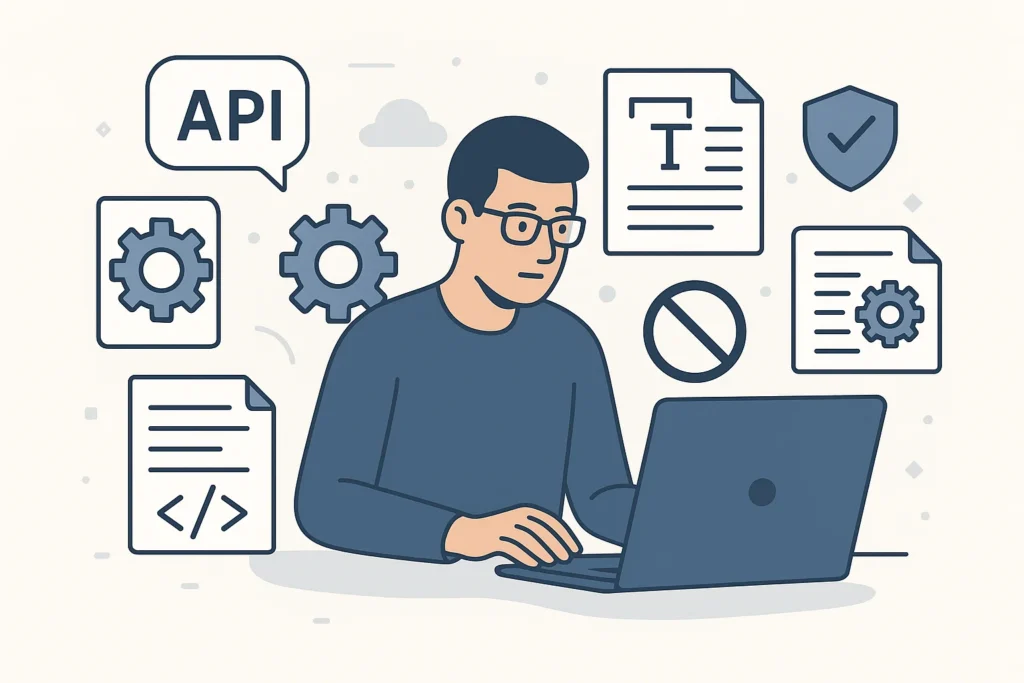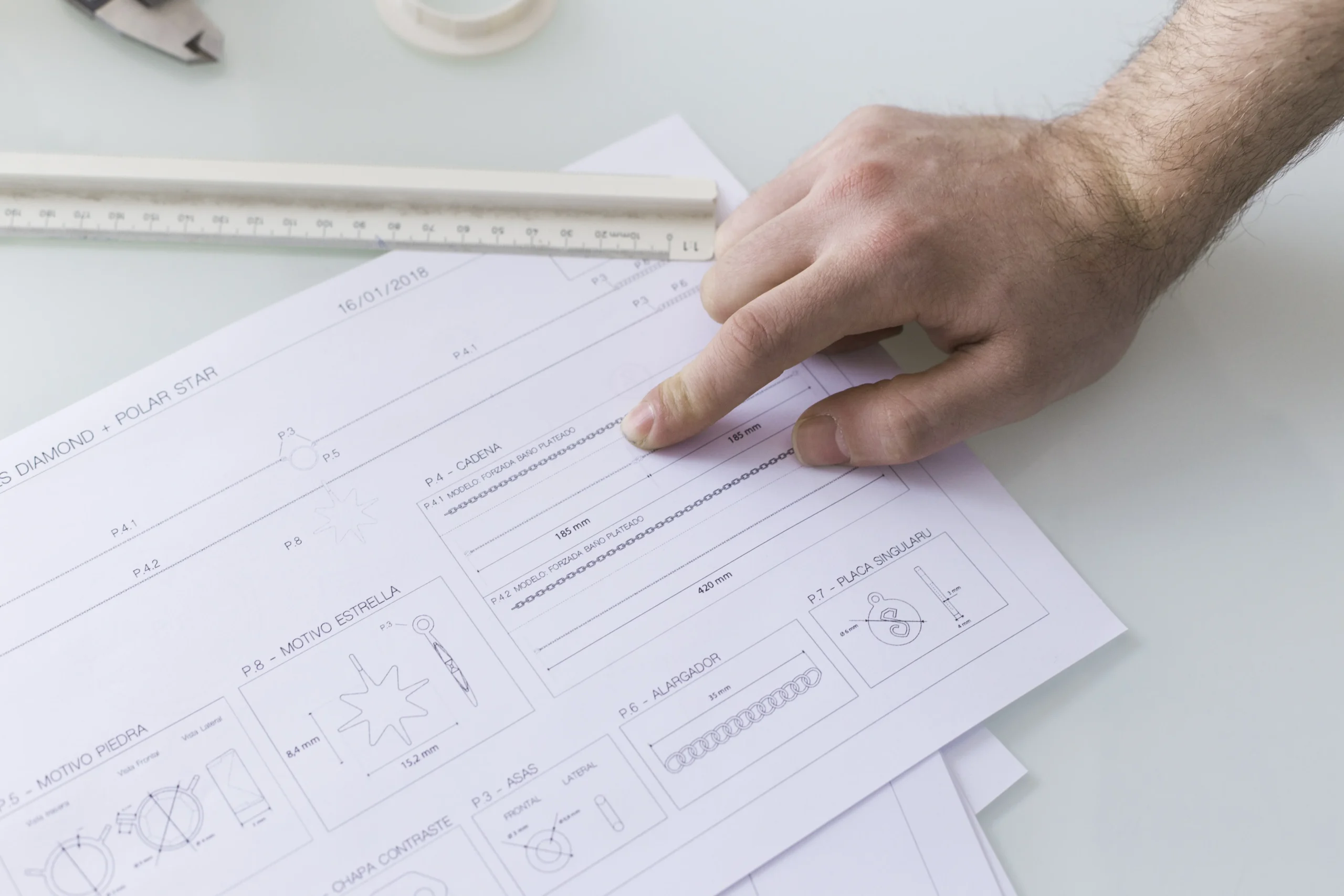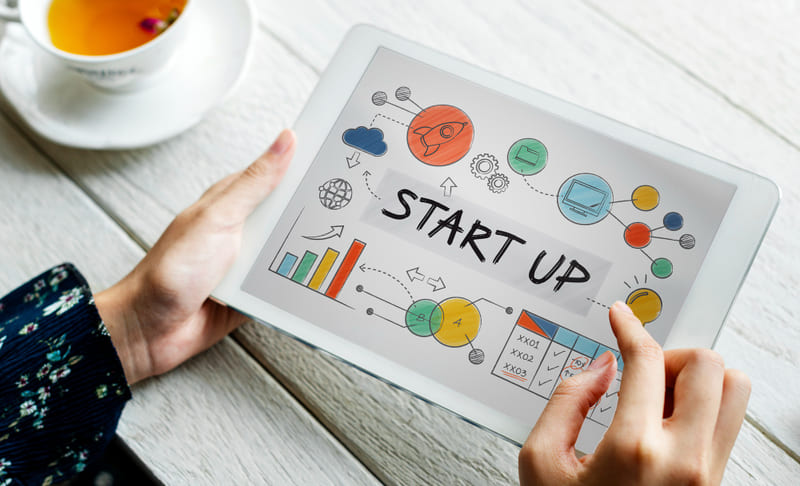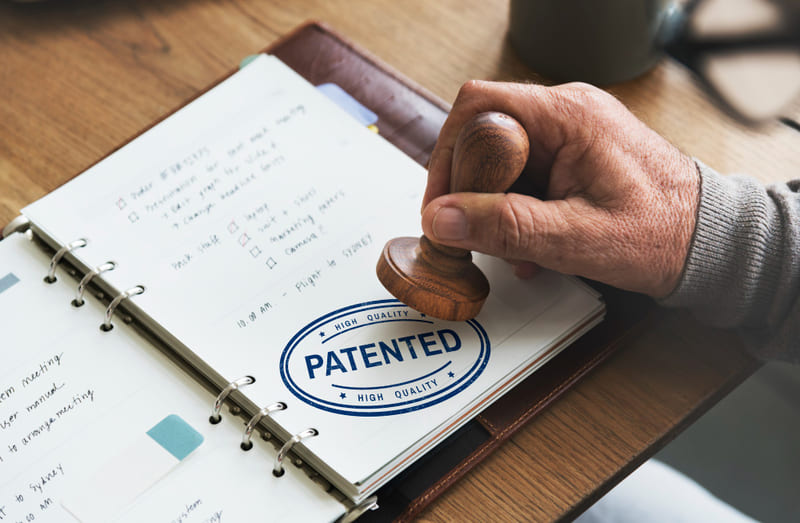Every product, from smartphones to industrial machines, comes with a guide — a technical document that bridges innovation and usability. But when your products reach global markets, one challenge arises: making sure every user, regardless of language, understands it clearly. That’s where technical translation services become indispensable.
Although technical in nature, these documents are designed to be easily understood by users. They often serve as user manuals or guides that explain how to operate and maintain products safely and effectively. To reach international audiences, they must also be available in multiple languages — which makes technical translation a vital part of global communication.
These translation services are not only for user manuals, but also for specifications, patents, scientific materials, regulatory and compliance documents, as well as technical drawings and plans. This translation not only translates documents from one language to another, but also requires in-depth knowledge of specific fields and the use of accurate terminology. This is to make it easier for readers who are not from specific fields. With this translation, you do not have to be an engineering graduate to understand how to use a new washing machine.
What Are Technical Translation Services?
Technical translation services involve translating documents with specific contexts from one language to another. These services are commonly utilized in various fields, including medicine, engineering, and law. These translation services are important because the process requires a deep understanding of expertise in specific fields.
Additionally, translating technical documents requires the use of terminology that is both appropriate and relevant to the industry in question. Meanwhile, this translation process ensures that documents such as user guides, patents, or scientific papers are clear, accurate, and comply with applicable regulations.
Technical documents themselves vary greatly. Some examples are internal documents and end-user documents. Here is a more detailed explanation.
End-User Documents
These documents generally contain information to help users understand and use the product.
- User manual
This document aims to explain how to use the product in a methodical and clear manner.
- Repair manual
This book guides users through the process of troubleshooting problems that may arise with the product.
- Knowledge base
This document contains a collection of questions and answers about problems that may occur, guidelines, and troubleshooting instructions.
Internal Documents
These documents are intended for employees or development teams to explain behind-the-scenes processes.
- Procedure manual
This document contains steps for completing specific tasks or processes
- Technical Report
This report contains findings or in-depth analyses used in a technical context
- API (Application Programming Interface) Documentation
Aims to clearly and thoroughly explain how the API works and how to integrate it for other developers.
The Challenges of Technical Document Translation

Technical translation is more than just linguistic conversion — it’s about ensuring clarity, compliance, and precision. Yet, achieving this is far from easy.
Technical translation requires precision, accuracy, and in-depth understanding. However, the translation process often presents challenges. Here are some of the challenges that are often encountered.
- Complex specialised terminology and jargon
Technical documents often contain acronyms, industry-specific formulas, terms, and jargon. During this process, translators must be meticulous and have a deep understanding to avoid mistranslations. This is especially true when encountering jargon that has not been translated before.
- Complex terms
Despite their complexity, translations must remain easy for users to understand.
- Accuracy and precision
Neither companies nor users want to face losses. Some problems that may arise due to translation errors include equipment damage or user safety risks. Therefore, the translation of technical documents must be accurate and precise.
- New terminology
As technical translators, they must keep up to date with new terminology. This is related to the daily developments in technology. These developments create new vocabulary for which there are not yet any translations. This is where the tricky part lies for translators: dealing with something that is very new and technical, but which must be conveyed in an accessible manner.
- Layout and technical format
Translations must maintain the format and layout of the original document, which can sometimes be complex. These formats often contain code, images, or graphics.
- Differences in standards and language
Technical documents need to be adapted to the language, laws, and cultural nuances of the local area. This is to ensure that they are understood by their users.
The Role of a Professional Technical Translator

Source: Freepik
A professional technical translator plays a role in translating technical documents accurately and scientifically. In general, professional technical translators will translate documents from one language to the target language. However, translators in this field not only need to be fluent in various languages but also have a deep understanding of the field being translated. For example, someone who translates technical documents is someone who is experienced in the field of engineering or is an engineering graduate. Additionally, a deep understanding and fluency in language will help companies expand into global markets. In addition, good translation will help communication to be clearer.
Here are some of the responsibilities of a professional technical translator.
- Field expertise
Translators are experts and experienced in the field they translate, such as medicine, engineering, or IT.
- Editing and quality assurance
Editing your own translations as well as those of other translators is part of your responsibility for quality assurance.
- Accurate translation
Ensuring that technical documents such as patents, scientific reports, or user guides are translated accurately and clearly so that readers can understand the content of the document.
- Collaboration
Collaboration refers to communicating with developers or clients to verify the accuracy of the translation and resolve any ambiguities.
- Terminology management
Translators must choose terms that are appropriate for the document being translated.
- Time management
The translation process requires strict time management in order to be completed on time.
The Process of Technical Document Translation
To produce accurate, precise, and easy-to-understand translated documents, a lengthy process is required. Here is the process.
- Document Analysis
The first stage is to analyse the document. The aim is to determine the type of document to be translated, the content of the document, the purpose, and the technical terms involved.
- Terminology Preparation
Next, the translator will compile the technical terms from the source document and determine the appropriate equivalents in the target language. Translators can use technical glossaries or company terminology databases. However, if there are no equivalents, translators must create new terms.
- Translation Phase
This is the core process. The translator will translate the document from the source language into the target language. Even when translating into a different language, the translator must maintain the technical meaning of the document. In addition, the translator must adapt the style of language to the target audience while remaining professional. The translator also uses terms that have been previously approved in the glossary.
- Editing & Proofreading
After the translation process, the translated text is then edited by an editor who also has an understanding of the relevant field. The aim is to correct spelling, grammar, or terminology errors. In addition, this ensures that the translation does not change the original meaning.
- Formatting & Layout QA
At this stage, the layout and format of the translation are verified. This is because technical documents often contain charts, tables, symbols, or diagrams, which require careful examination.
- Final Reviews
Before being submitted to the client, the document is reviewed again by a senior translator to ensure there are no errors.
Benefits of Using Professional Technical Translation Services
Technical translation services will help you compete in the global business arena. This is because you are providing information about your products or services in a language that is easier for your clients to understand. This easy-to-understand delivery of information can be achieved by experienced professional technical translators. These translators apply a high degree of accuracy, have knowledge in their field, and are able to adapt to the culture of the target country.
Here are some of the benefits of using professional services.
- Support compliance and risk management
Accurate translation will help your company avoid the risk of legal violations that may arise from misunderstandings or misinterpretations due to language differences. In addition, this translation can strengthen the company’s reputation by demonstrating professionalism and clarity.
- Reach global markets
Technical document translation is one strategy for getting closer to a global audience. Through technical translation documents, companies foster audience trust and experience by adapting to the applicable language, culture, and standards.
- Confidentiality is maintained
Professional translators guarantee the confidentiality of sensitive company information by complying with standards and ethics.
Choosing the Right Technical Translation Partner
Selecting the right translation partner can determine the success of your global expansion. When evaluating potential partners, consider the following factors. The steps in choosing a partner are as follows.
- Experts in their field
Select an agency or translator who is experienced and an expert in their field. This selection is important because it can affect the quality of your technical document translation. Choose an agency that has a team of translators with experience in the relevant field, so that the translation results are error-free. At Speequal, our translators have relevant experience and education, so their depth of understanding is unquestionable.
- Use of technology
The use of technology will speed up and simplify the work. This is also the case with us at Speequal, where we utilise CAT as a technology in the translation process. Some examples include terminology management, file analysis, project setting, and reference material compilation. This technology will speed up the translation results without reducing the context.
- Quality assurance
At Speequal, we have a strict quality control process. To ensure the quality of our translations, we use checking tools.
- Speed
At Speequal, we prioritise fast communication with our clients. This is proof that we listen to each of our clients’ needs.
Conclusion: Precision Builds Trust
In technical translation, precision isn’t just a goal — it’s the foundation of trust. Technical document translation is a necessity for companies, especially those engaged in global business. Translating these documents is not merely a matter of providing information about products or services, but also serves as a means for companies to communicate with users or clients. This effort is one way for companies to build trust with users or clients.
However, building trust requires precision. Therefore, the translation process must be carried out in collaboration with professional technical translators who are experts in their field. Professional translators have experience and education relevant to the field in question. Hence, they have a deep understanding of their field.
At Speequal, we have a team of experienced professional technical translators. In addition to their experience, we have a technology-driven quality control process that minimises translation errors. Since our establishment 27 years ago, we have been trusted by a wide range of clients, from technology to automotive.
Precision is our output, ensuring every result is of the highest quality. This is our effort to help you build trust between you and your clients. Are you ready for us to assist you in your journey to build trust? Contact us now!





